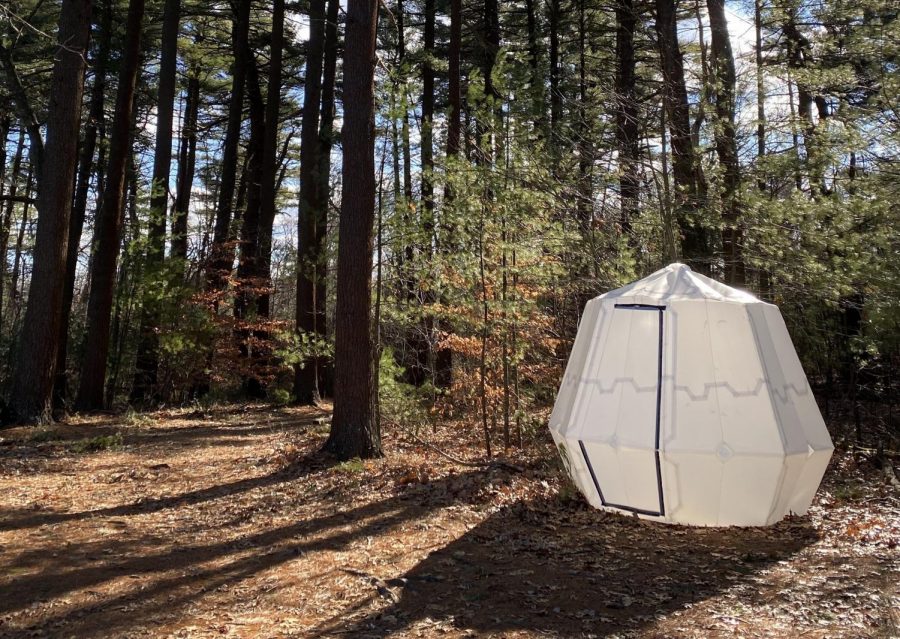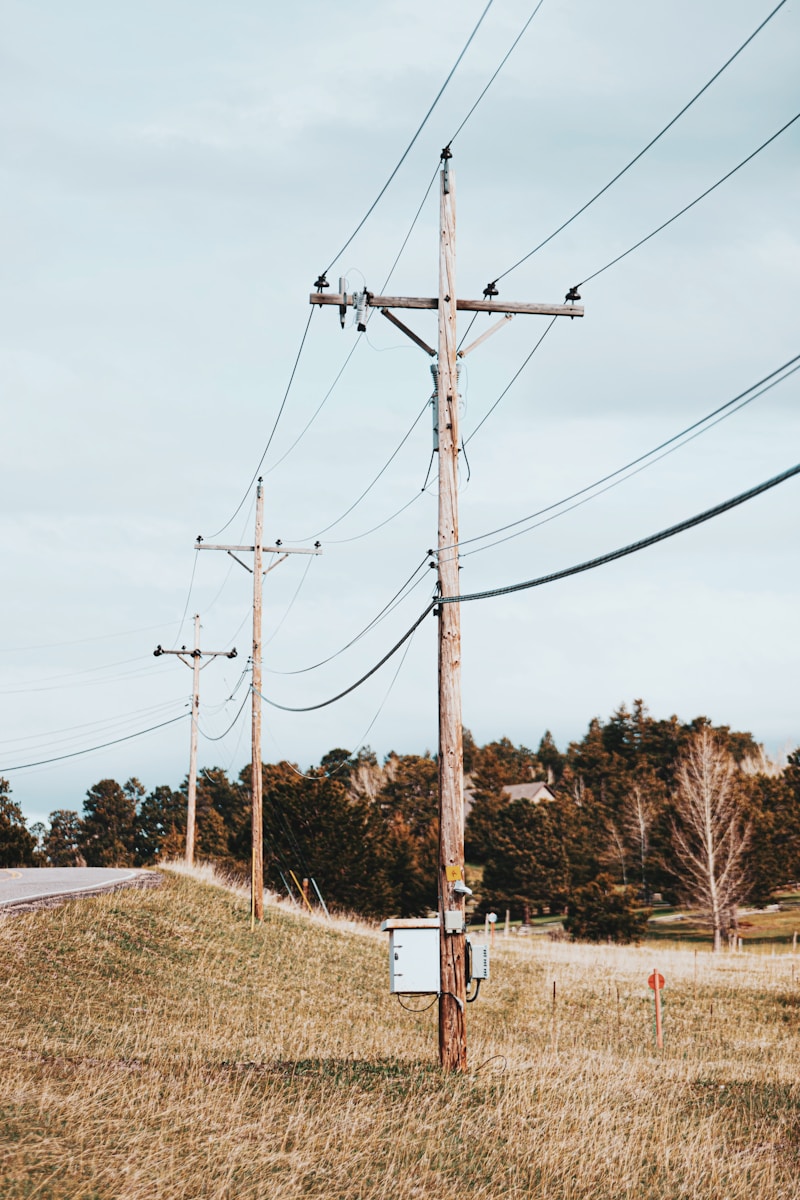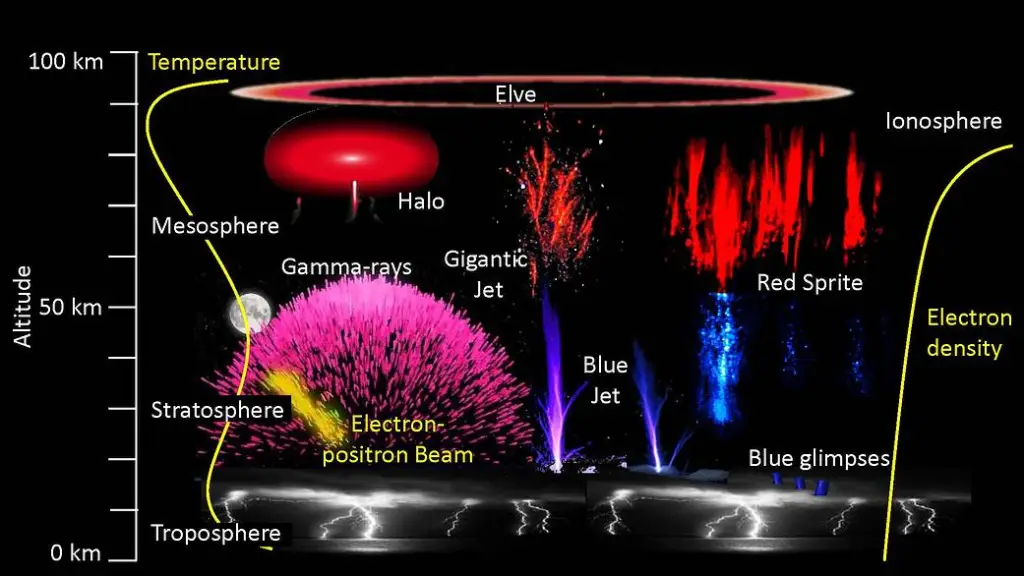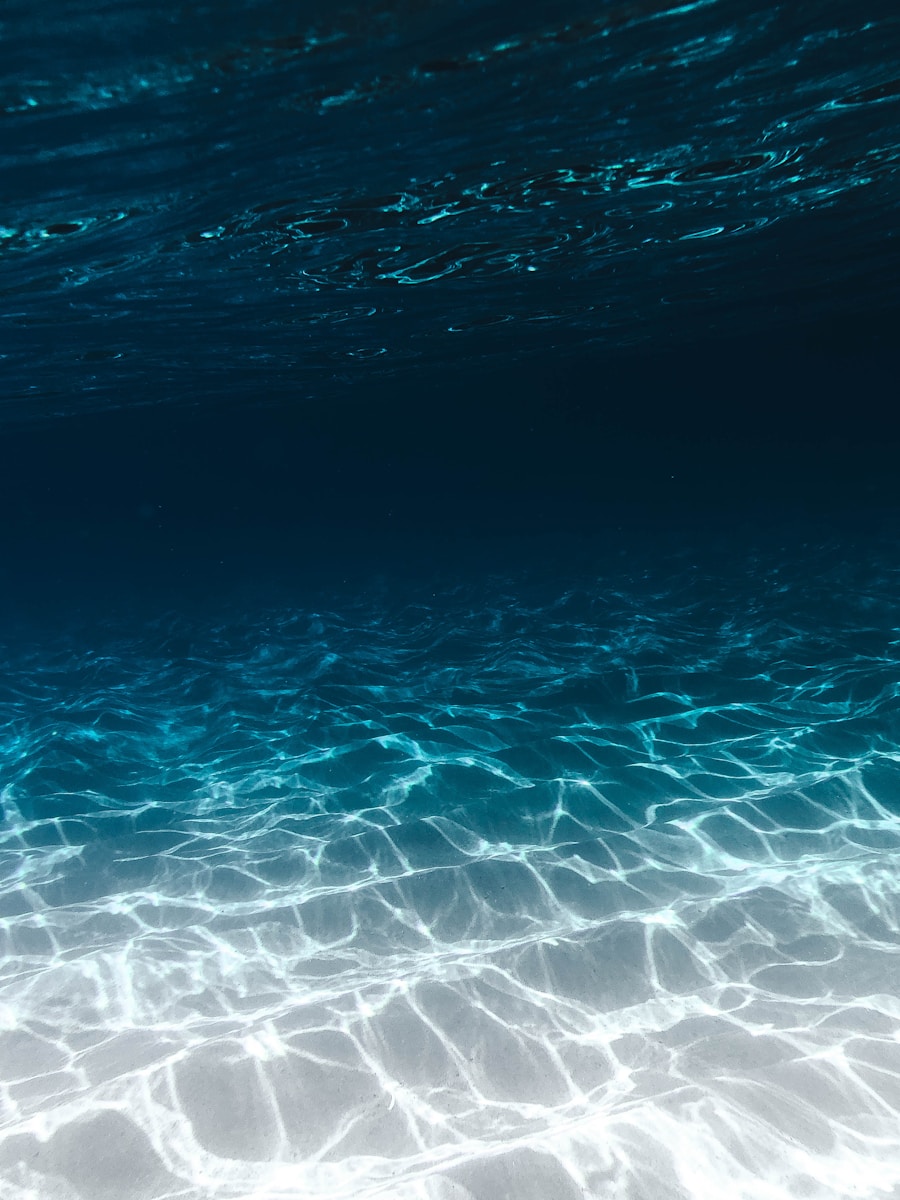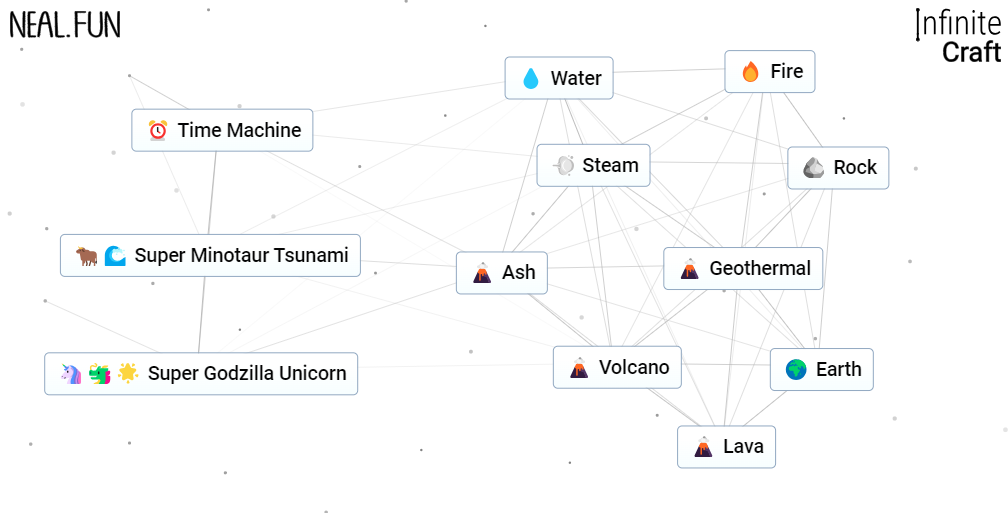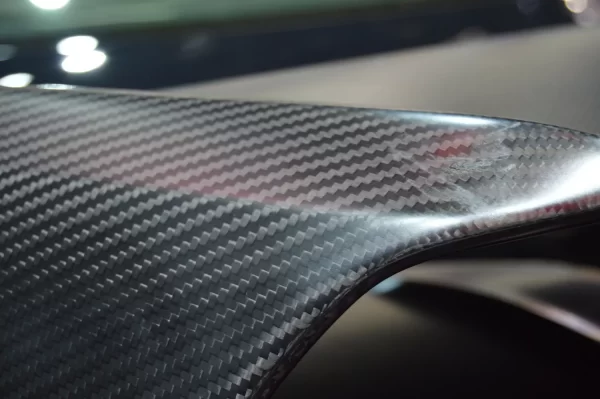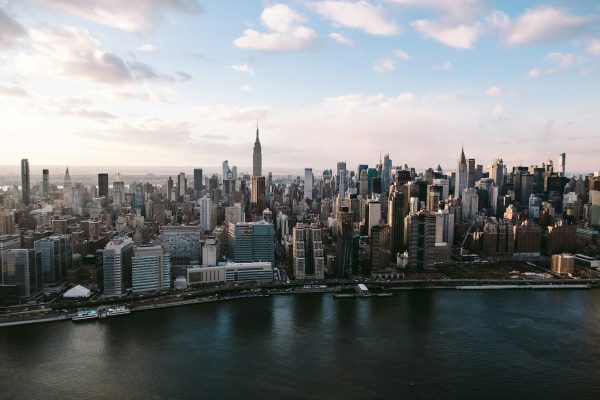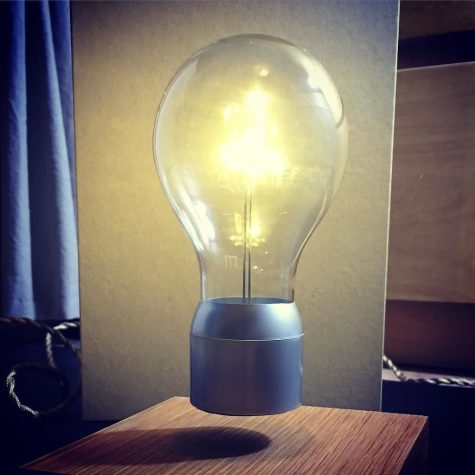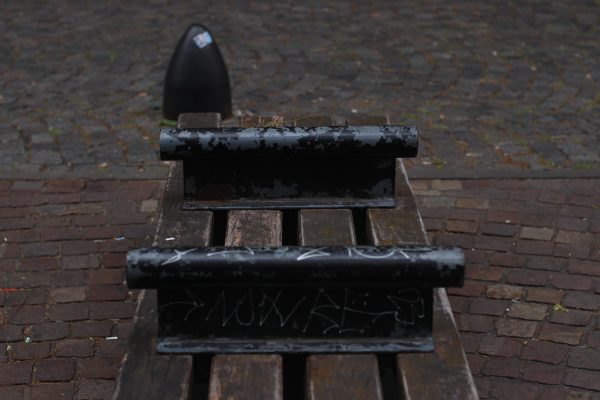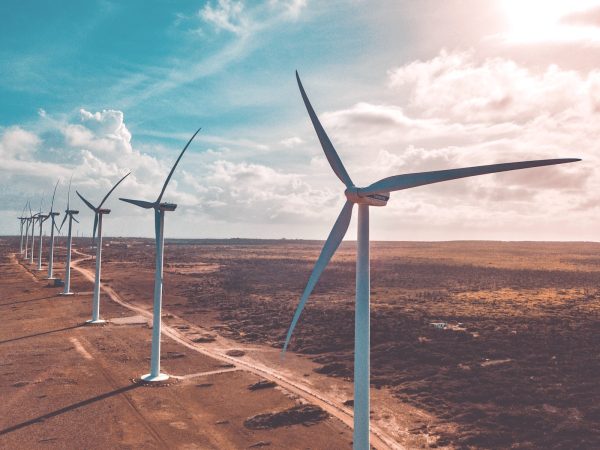Bistable Inflatables Inspired By Origami
Inflatable structures can have many uses, whether it’s a field hospital, sporting complex, or even a child’s bouncy house. The problem is, these structures are monostable. That means that they need a constant stream of pressure to stay inflated and upright, as soon as the pressure stops flowing, the structure will collapse. This can present safety issues, like for example at the Tour de France bicycle race in 2016. An inflatable arch had deflated and fallen on a cyclist, who got thrown off his bike. By taking inspiration from the Japanese art of origami, researchers at the Harvard John A. Paulson School of Engineering and Applied Sciences have solved this problem by developing inflatable structures that are bistable. Katia Bertoldi, the William and Ami Kuan Danoff Professor of Applied Mechanics at SEAS and senior author of the paper says “This research provides a direct pathway for a new generation of robust, large-scale inflatable systems that lock in place after deployment and don’t require continuous pressure.”

With origami as their muse and geometry as their guide, the researchers created multistable structures out of triangular building blocks that could pop up or fold flat. Due to these structures’ ability to stay upright without a constant source of pressure, they are much easier to set up and are ideal for emergencies and field hospitals. The triangular building blocks of these incredible structures can be mixed and matched to create a custom structure of any size or shape. Benjamin Gorissen, an associate in Materials Science and Mechanical Engineering at SEAS and co-first author of the paper says “We are relying on the geometry of these building blocks, not the material characteristics, which means we can make these building blocks out of almost any materials, including inexpensive recyclable materials.” The bistability of these structures is amazing as it is, but the research team went above and beyond by designing structures with more than two stable forms. Chuck Hoberman, the Pierce Anderson Lecturer in Design Engineering at the Graduate School of Design and co-author of the paper said that “We’ve unlocked an unprecedented design space of large-scale inflatable structures that can fold flat and maintain their deployed shape without the risk of catastrophic rupture. By using inflatable, reversible actuation to achieve hard-walled structural enclosures, we see important applications, not only here on Earth, but potentially as habitats for lunar or Mars exploration.” This project shows us that even an art form like origami can be used to create fascinating feats of engineering that could contribute to things as big and important as disaster relief and space exploration.
RELATED STORIES:
https://techxplore.com/news/2021-04-origami-next-generation-inflatable-constant-pressure.html
https://www.seas.harvard.edu/news/2021/04/bistable-pop-structures-inspired-origami
https://www.nature.com/articles/s41586-021-03407-4
https://www.sciencedaily.com/releases/2021/04/210421124627.htm
